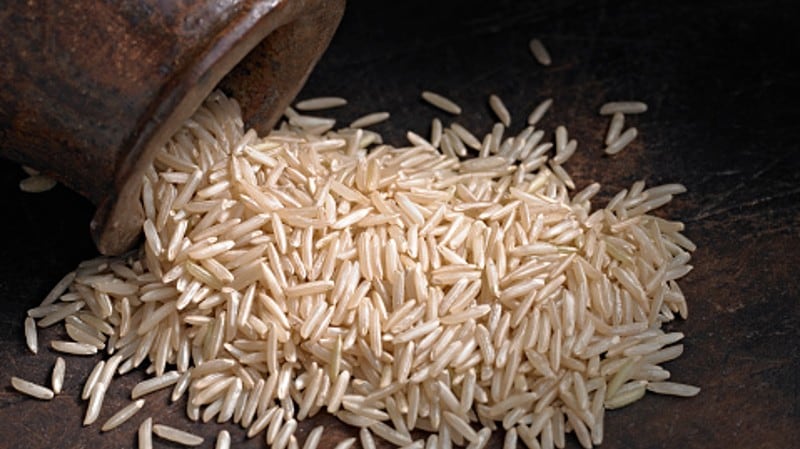This was the conclusion of an expert panel discussing international F&B trade in the post-pandemic era held in Dubai, which comprised Alibaba Head of Global Strategic Partnerships Tim Song, Philippines Department of Trade and Industry (DTI) Assistant Secretary Glenn Peñaranda, and Riceland Foods Vice President Mark Holt.
Although the internet has allowed just about any food company to leave a footprint online, a successful strategy requires investment in business digitalisation, which food industries in markets such as the Philippines have felt keenly over the past few years, according to Penaranda.
“The importance of digitalisation cannot be ignored, and no longer can any business only have a physical presence – it is crucial to have a virtual one as well,” he told the floor.
“As a market, the Philippines is very aware of this, and DTI in particular has been working to help our local businesses make this transition and go digital starting with the domestic marketplace.
“Many markets in South East Asia are becoming increasingly digitalised, and the Philippines especially has one of the largest e-commerce participation worldwide, estimated to be worth about US$24bn by 2025 – this is strongly driven by the fact that many consumers are constantly on their social media, estimated by recent surveys to spend about 10 hours daily on these platforms.”
One major challenge faced not only by the Philippines but many ASEAN nations is that in these markets a large proportion of food companies tend to be SMEs that lack access to digitalisation funds and expertise, resulting in these getting left behind.
“This is where platforms such as Alibaba are looking to step up, to help SMEs to sell globally even if they don’t have all the expertise at hand to go digital on their own,” Song said.
“Alibaba already has a strong presence in China, but less so in markets like the GCC, and we see this as a major opportunity as we know there are many food firms in these markets that are keen to sell overseas, and this is a gap we can fill for them as Alibaba does have the international network they need.
“Effective e-commerce and digital trade involves various touchpoints, one of the most challenging being language, and we have worked on making communications much more efficient by offering tools such as real-time translations.
“This really changes the game and the logic of business for many SMEs, allowing them an open gate to reach consumers in many more countries, and this increased diversity in buyers will in turn affect their future plans and directions for growth for the better.”
Holt added that in this day and age, consumers are much more willing to pay more for increased convenience as long as product quality is maintained.
“The fast pace and increased demands of life in general mean that people are more willing to pay more for things to be fast, for things to reach them in the most convenient manner with the least trouble,” he said.
“As long as the products are the same quality or better than they expect, this increased cost of say transportation and logistics is something that makes sense to them, even though consumers today may be more demanding than ever.”
Food in the front seat
Even though this digitalisation of trade can be said to apply across many industries, its impact on food and beverage products is exceptionally high due to consumer demand and interest.
“Our data is telling us that the development of our platform in the Middle East market for example should be led by a focus on the food and beverage market first,” Song said.
“That said, there needs to be a local lens placed on working with every market – for example in China dealing with SMEs usually means overcoming a more traditional mindset and having to educate older industry players, but here in Dubai SMEs tend to be more modern and in line with trends so it’s a whole different ballgame.
“But regardless of the market, when it comes to the food industry there are always going to be many offline traditional traders that have been around for many years, and find it hard to make that transition because they have been doing fine offline for so long – and there is a need to spend more time painting that picture of the future to highlight the importance of digitalisation.”





